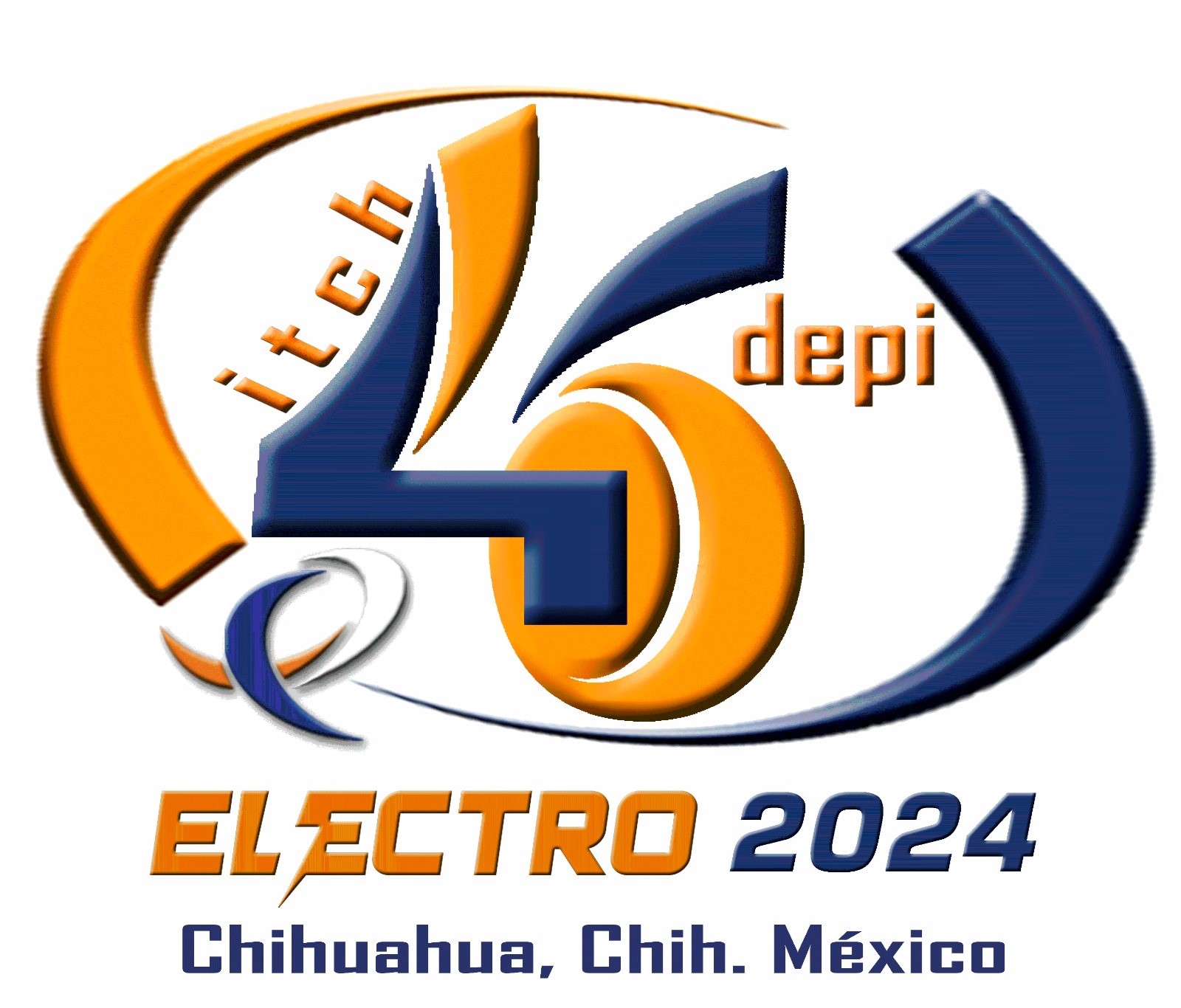
Revista ELECTRO

Vol. 46 – Año 2024
Artículo
TÍTULO
Simulación de un Aerogenerador Casero
AUTORES
Romero, R.; Juárez, E.U.
RESUMEN
Los aerogeneradores operan capturando la energía del viento con sus palas del rotor, que están conectadas a un eje que genera energía mecánica. Esta energía se convierte en electricidad a través de un generador. Los componentes principales incluyen el roto r, la nacelle, el generador, la torre y el sistema de control. Algunos de los beneficios son: Energía renovable y limpia, reducción d e emisiones de CO2, bajos costos opera tivos después de la instalación, fomento del desarrollo tecnológico. A pesar de sus beneficios, el uso residencial de turbinas eólicas de pequeña escala está limitado por factores como la baja velocidad del viento, la turbulencia y el ruido aerodinámico, además de su alto costo inicial. Sin embargo, los avances tecnológicos han reducido estos costos, incrementando su aplicación en casa habitación. En este trabajo se presenta la simulación de un aerogenerador pequeño, junto con el diseño de sus piezas adaptadas para impresión 3D, lo que proporciona flexibilidad en el desarro llo de nuevos prototipos y reducción de costos. Es importante seleccionar materiales duraderos y asegurarse de que las impresoras 3D utilizadas tengan buena precisión. Los aerogeneradores de pequeña escala son una solución prometedora para la generación de energía renovable en entornos residenciales y comerciales. Aunque existen limitaciones como la baja velocidad del viento y altos costos iniciales, los avances tecnológicos y las soluciones innovadoras están mejorando su viabilidad y eficiencia. Su desarro llo demuestra su potencial en la independencia energética y sostenibilidad ambiental.
Palabras Clave: Aerogeneradores, energía eólica, energía renovable, eficiencia energética, innovación tecnológica.
ABSTRACT
Wind turbines operate by capturing energy fr om the wind with their rotor blades, which are connected to a shaft that generates mechanical energy. This energy is converted into electricity through a generator. The main components include the rotor, nacelle, generator, tower and control system. Some o f the benefits are: Renewable and clean energy, reduced CO2 emissions, and low operating costs after installation, encouraging technological development. Despite their benefits, residential use of small-scale wind turbines is limited by factors such as low wind speed, turbulence and aerodynamic noise, in addition to their high initial cost. However, technological advances have reduced these costs, increasing their application in homes. This paper shows the simulation of a wind turbine, and the design of th e printer parts according to the simulation, which offers flexibility and cost reduction. The parts can be customized to specific needs and rapidly prototyped. It is important to select durable materials and ensure that the 3D printers used have good accur acy. Small-scale wind turbines are a promising solution for renewable energy generation in residential and commercial settings. Although there are limitations such as low wind speed and high initial costs, technological advances and innovative solutions ar e improving their feasibility and efficiency. Their development demonstrates their potential for energy independence and environmental sustainability.
Keywords: Wind turbines, wind energy, renewable energy, energy efficiency, technological innovation.
REFERENCIAS
[1] E. Ugur, O. Elma, U. S. Selamogullari, M. Tanrioven and M. Uzunoglu, "Financial payback analysis of small wind turbines for a smart home application in Istanbul/Turkey," 2013 International Conference on Renewable Energy Research and Applications (ICRERA), Madrid, Spain, 2013, pp. 686-689, doi: 10.1109/ICRERA.2013.6749841.
[2] R. Ahshan, A. Al-Badi, N. Hosseinzadeh and M. Shafiq, "Small Wind Turbine Systems fo r Application in Oman," 2018 5th International Conference on Electric Power and Energy Conversion Systems (EPECS), Kitakyushu, Japan, 2018, pp. 1-6, doi: 10.1109/EPECS.2018.8443520.
[3] Song, Dongran, et al. "Energy capture efficiency enhancement of wind turbines via stochastic model predictive yaw control based on intelligent scenarios generation." Applied Energy 312 (2022): 118773.
[4] E. Ugur, O. Elma, U. S. Selamogullari, M. Tanrioven and M. Uzunoglu, "Financial payback analysis of small wind turbines for a smart home application in Istanbul/Turkey," 2013 International Conference on Renewable Energy Research and Applications (ICRERA), Madrid, Spain, 2013, pp. 686-689, doi: 10.1109/ICRERA.2013.6749841.
[5] R. Ahshan, A. Al-Badi, N. Hosseinzadeh and M. Shafiq, " Small Wind Turbine Systems for Application in Oman," 2018 5th International Conference on Electric Power and Energy Conversion Systems (EPECS), Kitakyushu, Japan, 2018, pp. 1-6, doi: 10.1109/EPECS.2018.8443520.
[6] S. Botha and R. Gouws, "Intelligent controlle r for improved efficiency of micro wind turbine generators," 2016 International Conference on the Industrial and Commercial Use of Energy (ICUE), Cape Town, South Africa, 2016, pp. 278-285.
[7] N. Sagar, A. Tiwari, S. Kumar, L. Kumar, M. Belwal and S. Kumar, "Identifying and using Viable Alternative Energy Resources (WIND Energy)," 2019 Women Institute of Technology Conference on Electrical and Computer Engineering (WITCON ECE), Dehradun, India, 2019, pp. 40-44, doi: 10.1109/WITCONECE48374.2019.9092940
[8] I. Shchu r, Y. Biletskyi and V. Shchur, "Energy efficient and simple control of stand-alone combine heat-power generation small wind turbine," 2017 IEEE First Ukraine Conference on Electrical and Computer Engineering (UKRCON), Kyiv, UKraine, 2017, pp. 483-488, doi: 10.1109/UKRCON.2017.8100535.
[9] Castro, R., and A. Martínez. "Variabilidad espacial y temporal del campo de viento." Dinámica del ecosistema pelágico frente a Baja California 2007 (1997): 129-147.
[10] Manzanares, Ramiro R., Javier B. Lucero, and Sergio F. Moham ed. "Fundamentos de cálculo de componentes estructurales de aerogeneradores de eje horizontal." Avances en Energías Renovables y Medio Ambiente 17 (2013).
CITAR COMO:
Romero, R.; Juárez, E.U., "Simulación de un Aerogenerador Casero", Revista ELECTRO, Vol. 46, 2024, pp. 138-141.
VERSIÓN PDF